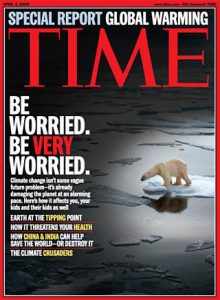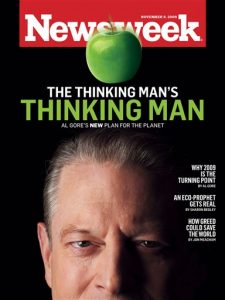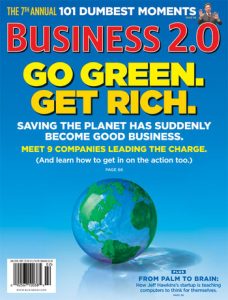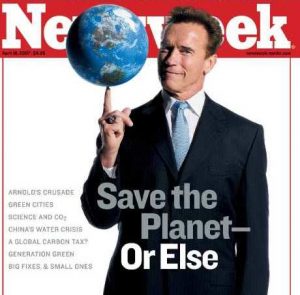In 1994 I started my career as an architectural student at a University focused on sustainable design. We did not call it that yet, but the name came soon. William McDonough, that year, was named a hero of the planet by Time Magazine for his innovative design work. He was the new Dean at The University of Virginia School of Architecture and was setting a new direction for what architects investigated. The discussions had started about reducing energy use, finding healthy materials, and conservation.
When I graduated in 1999 I started pushing for different design solutions, better solutions for the “because that is the way we always do it” ways in our industry. I was young and thought I could change minds. I asked a lot of questions. I challenged a lot of answers. I am lucky I did not get fired. I am lucky I did not get kicked off of job sites. I had little influence. I was viewed as “full of unrealistic ideas” learned in academia that don’t apply to the real world.
I left the “real world” for Graduate School for a couple of years to figure out my beliefs about design. At The University of Tennessee I studied sustainable design, LEED, and building science. I learned that there was a strong movement in the industry, it just was not mainstream. When I returned to the industry in 2003, things had changed. I joined a committee that eventually adopted the EarthCraft building standard statewide in Virginia. I designed the first LEED for Homes project in the Southeastern United States. I had traction on job sites with changing some minds. It was still a limited influence and not mainstream.
In 2006 the movie An Inconvenient Truth was released and the conversation became mainstream. The economy was booming but trouble was on the horizon. The discussion became political thanks to Al Gore. The discussion became unpopular thanks to the economic collapse in 2007/2008 (and because it became political).
Here is just a brief look at the evolution of media coverage on a topic of global warming.
April 2001

April 2006

January 2007
March 2007

April 2007

April 2007
August 2007

Notice the gap here as the debate heated up between the new ‘sides’ believers vs deniers. The conversation seems to have disappeared from mainstream media. Where it was once covered and debated it turned to political fights. The conversation turned to who is right rather than how can we fix it. It became a choice to go green or not. I have always seen it as doing it right – which does not leave a choice.
April 2009

November 2009

Now that disaster has hit one of the highest populations areas in the United States I wonder if we will continue to debate how to deal with it? I wonder if we will continue debating if it is real?
August 2012
September 2012

There are solutions that we can implement now. Will it slow down climate change? Will it reverse climate change? I don’t know, but for 20 years now I have stood by the same position: We know how to do it better, it does not cost more to do it right, and it is the least we can do for the next generation.







